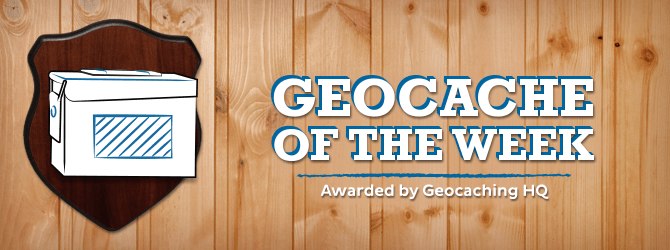Telangana is at many places endowed with spectacular rocky formations. They are indeed a natural wonder of stony ridges and hillocks shaped into picturesque balancing forms through millions of years of weathering and wearing. The Deccan Plateau, that is the vast expanse of peninsular India, south of the Vindhyas and composed mostly of grey granite, is among the oldest and hardest rock formations in the world. Even the mighty Himalayas, cca 40-60 million years old, are younger than these rocks ! Geologists date these rocks to a period 2,500 million years ago. That is the time when the Earth’s crust solidified. Molten magma then pushed upwards from the interior and hardened under the crust into domes and sheets of granite. And the famous Golconda fort of Hyderabad, which sits atop a granite hill, is also made of the very same granite rock.
The area of Greater Hyderabad is covered mainly by granites of Archean age which are highly weathered and fractured. Those granitic rocks form part of the Peninsular Gneissic Complex. Dolerite dikes, basic enclaves, aplites, pegmatite, quartz veins, migmatites and alaskite (or leucogranite) traverse these granites.
The major units of this area are:
1). Grey series: coarse porphyritic grey granites, biotite granites and pyroxene granite.
2). Pink series: coarse porphyritic pink granites, fine to medium grained pink granites, coarse porphyrite pink alaskite, fine grained pink alaskite, white alaskite.
3). Dikes and veins: Dolerite dikes (both fine and coarse grained)
4). Enclaves: Fine grained
5). Migmatitic zones: Inter mingling zones of pink and grey granites.
Granite is a common type of felsic intrusive igneous rock that is granular in texture. The word "granite" comes from the Latin granum, a grain, in reference to the coarse-grained structure of such a holocrystalline rock. By definition, granite is an igneous rock with at least 20% quartz and up to 65% alkali feldspar by volume.
Porphyritic granites are the dominant rock type around Hyderabad. They vary in colour and their structure is predominantly massive. The rocks are mainly comprised of microcline perthite, plagioclase and biotite. Magmatite, sphene, zircon and pyrite are important accessories in these granites. The variation in texture and composition is attributed due to the assimilation of the pre-exisiting rocks of porphyritic granite. Also, these rocks play an integral role in preserving and nurturing the ecological balance of the region and helped to create the natural drainage system of Golconda fort.
Over time, horizontal and vertical cracks developed. Slowly the top layers of the crust eroded and these very hard granites were exposed. They weathered over millions of years into their present forms - resulting in the bizarre formations. A tor, is a large, free-standing rock outcrop that rises abruptly from the surrounding smooth and gentle slopes of a rounded hill summit or ridge crest. Around Hyderabad, you can find many of these.
As this is an Earthcache, don´t look for a box. To meet log requirements, please send me via e-mail or messenger the answers to following questions:
1, Describe the characteristics (e.g. color, texture, size, grain size…) of the boulder found at WP1.
2, Were the fortress walls built all from the same type of granite, or can you discover different types ?
3, Once upon a time, a famous “stone” was safeguarded in the fortress. Which one ?
4, Describe the shape of the upper-most boulder at WP2. Use your imagination – what does it remind you of ?
5, At the top… the temple in a tor. A must see. A narrow passage between two boulders leads to the door. How many steps do you have to take ? What is the approximate height in meters of the tallest boulder ?
6, As usual, a photo is not mandatory, but would be highly appreciated...
To find the answers to some questions, you have to enter the Golconda fort during opening hours (usually daily 09.00am - 05.30pm). An entrance fee has to be paid, however the amount is more than generous (about 300 INR for foreigners) and the fort is well worth the visit. Bring enough drinking water with you.
I'm really glad you are enjoying this cache. Keep spreading the word. Today, March 6, 2019 the cache is featured on the Geocache of the week blog. Check it out! Thanks Groundspeak!

Happy hunting !
Ref.: Wikipedia, Society to Save Rocks